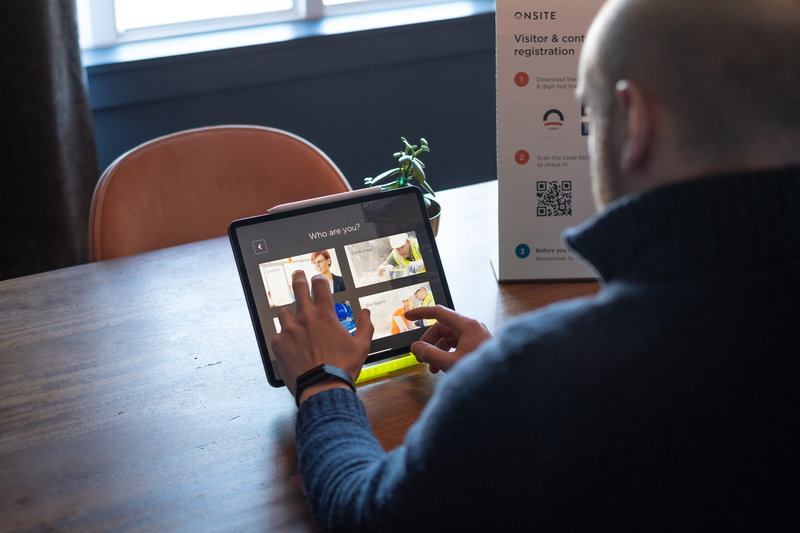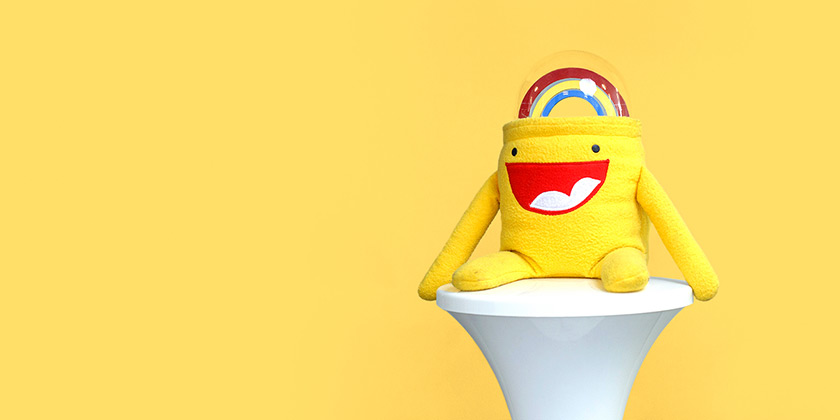We've been running design sprints for almost a year now and we can confidently say that they've transformed the way that we partner with our clients and bring their products to market. You really don't need a lot to kick things off. Here are six simple essentials to get you started.

1. The Client. This is obviously very important
Having spent some time working at an internal comms agency prior to Kyan, I’ve really come to value company communication, whether it’s with employees or clients. Playing phone ping pong, waiting for conference calls to start and trawling through convoluted email threads is not where it’s at. Spending time with clients is an essential part of a strong and healthy agency/partner relationship. So it’s refreshing to see Kyan doing this so well.
We really try to build a trusting and collaborative relationship with our clients. That may be through them working at our studio for a while, or us working at their office. We are fair and open in everything we do, and design sprints are no exception. It may seem kind of obvious, but if you’re building a product for a client, absolutely include them in the design sprint process. Their input is invaluable and this new way of design thinking is a huge departure from working departmentally to a briefing doc or SoW.
TL;DR: Don’t run design sprints without the client.

2. Post-its, Sharpies, and plenty of space
A sprint is about taking people out of their comfort zone of Microsoft Word and flipcharts. Design sprints are interactive and immersive, so you’re going to need a lot of pens and Post-its (other sticky note products are available). If anything, you’d leave your laptop at home and get back to basics.
Post-its are used to contribute ideas, notes, problems and feedback to various sections of the sprint. For this reason, it’s a good idea to run a sprint somewhere with a lot of wall space, whether that’s windows, whiteboards or walls. Sprints should generally run at the same size regardless of the project or product, so you’ll know after your first few sprints if your space is working for you or not.

3. Team work does actually make the dream work
A sprint isn’t the place to have difficult conversations or to drive an agenda. If you’re at Day One of your sprint, you should have already identified your problem (at Kyan we do this through a Problem Framing workshop pre-sprint) and those attending the sprint should all have the common goal of validating your product idea. That’s not to say there won’t be disagreements during the sprint, but on the whole, any major tangents, problems or disagreements should be parked.
Think of a sprint like the building of a skyscraper. The architect has the plans, and the electricians, plumbers and plasterers, whilst their roles are very different, have to cooporate to ensure the building is delivered on time and to spec.

4. Clear your calendar, without fail
With a sprint, you’re in it to win it. You need to turn up and do the time. We’d say it’s absolutely imperative that all who are present on Day One are committed to seeing the sprint through to the end. People coming and going will cause disruption and will greatly affect the quality and outcome of the exercises within the sprint. Particularly as each person in the sprint has been selected to be there based on their position within the clients’ business or the agency’s/consultancy’s business.
A developer being pulled out of a sprint to see to some client work, for instance, will only come back to bite you later on when the engineering team encounter problems during the product build.
Clear your calendar, dedicate your week to the sprint, and get lots of rest too — you’ll be surprised how mentally and physically demanding a sprint can be!

5. Build your very best team
To me, this is the fun bit. I don’t run sprints myself, but I’ve seen the value it brings to a successful sprint. And the idea of pulling together the best brains in your business is fantastic and a luxury most teams don’t often get. A sprint team may be between 5 and 7 people, but there are no hard and fast rules here. However, the real benefit comes from choosing the right crew. The example we give in our Campus Design Sprints workshop is as follows:
-
The facilitator
-
The CEO (or a ‘decider’)
-
Marketing
-
A software engineer
-
A UX specialist
This will vary depending on the product you’re building and who you feel will add the most value. There’s an important balance to be found between decision makers (product owners, managers, etc) and the do-ers (engineers, designers, etc).

6. User testing doesn’t have to be testing
Day Five at Kyan is user testing. It’s another staple to an effective design sprint. User testing is all about validating the idea (or conversely, realising that perhaps the product could fail). Involving real users here is invaluable and we can’t stress this enough. Grabbing a load of your own people and throwing them into user testing won’t give you fair or accurate results. Work with the client to source actual users or potential users of the product, and ensure they are diverse.
A user testing setup itself doesn’t have to be complex. We are currently building out ‘Kyan Labs’, our user testing offering, and we’ve seen the dozens of ways to do this, from expensive ceiling-mounted remote cameras all the way down to using your laptop’s built in webcam and screen recorder. It’s important to capture as much of the users’ interactions with the prototype as possible, but this doesn’t have to break the bank. For instance, any TV with an HDMI input will happily accept a feed from a high street camcorder or even a DSLR. That’s a quick and easy observation setup.
The important thing here is to build a setup where the user can feel natural and at ease. You don’t want cameras pointing at them from every direction, but equally, you want to be able to capture their behaviour as best you can.
Want to know more?
Check out our Design Sprints page to get an idea of the Kyan 'flavour'. Or maybe you'd enjoy our Campus Design Sprints workshop which we run every month in London. That's free and you can sign up right here.



